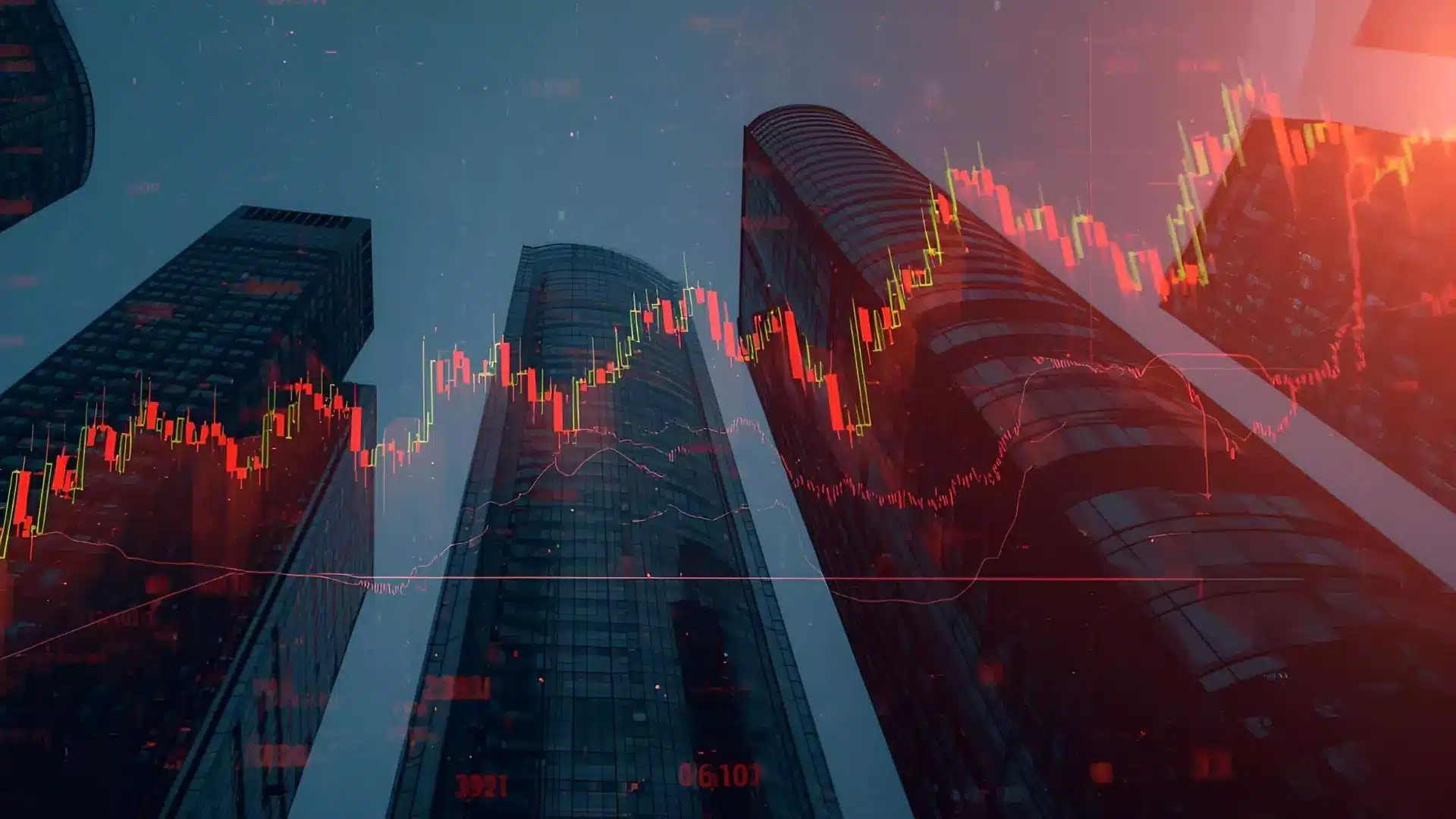The U.S. stock market is experiencing a moment of unique euphoria. Despite the disruptive policies of the Trump administration, it has found a way to thrive. Technology companies, driven by the global race for artificial intelligence, dominate the S&P 500 as never before in history. Nvidia, producer of essential chips for generative AI, became the first company to surpass $4 trillion in market value, accounting alone for about 8% of the entire index.
This achievement is not only a milestone in technological innovation but also a warning sign about the growing concentration of the market. With more and more returns coming from just a handful of companies, the question looming over Wall Street is simple: how long can this model sustain such valuations?
The Power of Nvidia and Unprecedented Concentration
According to FactSet data, Nvidia recorded an annual return of 30% in 2024, in addition to an average of 70% per year over the last five years. This performance made it the main driver of the S&P 500. Today, no other name has concentrated so much power since the Leuthold Group began measuring these indicators more than three decades ago.
But it’s not just Nvidia. Microsoft, Apple, Alphabet, Meta, Tesla, and Broadcom are also among the giants that together account for more than 70% of the index’s gains in 2024. This represents an unprecedented (and risky) level of concentration.
All of them, except Warren Buffett’s Berkshire Hathaway, are technology stocks, broadly speaking. Microsoft and Apple are valued at more than $3 trillion; Alphabet (Google) and Meta (Facebook) are worth more than $2 trillion; then comes Broadcom, another major chipmaker, and Tesla (a car manufacturer, yes, but with technological characteristics). Berkshire Hathaway is last on the list, with a market value of about $1 trillion.
The Domino Effect of Artificial Intelligence
Nvidia’s rise is directly tied to the multibillion-dollar race for AI. Microsoft, Alphabet, Meta, and Amazon have announced $400 billion in investments this year, largely aimed at technology infrastructure.
This movement has generated unprecedented demand for data centers and electricity, even making utility companies key pieces of the equation. But at the heart of the ecosystem, Nvidia remains the main beneficiary. Any sign of a slowdown in the company could shake not only the sector but the entire stock market.
After sharp declines in April, triggered by the imposition of the highest tariffs since the 1930s by the Trump administration, the S&P 500 is having an improbably strong year. The technology sector is responsible for most of these gains.
By July, the information technology sector — led by Nvidia, Microsoft, Broadcom, Palantir Technologies, and Oracle — was responsible for nearly 54% of the S&P 500’s total return of 8.6%, according to Howard Silverblatt, senior index analyst at S&P Dow Jones Indices. The communication services sector, which includes Meta, Netflix, and Amazon, accounted for another 15.4% of the S&P 500’s return. Adding these two technology sectors together, that represents nearly 70% of the index’s total return.
Extreme Valuations: The Case of Palantir
The enthusiasm is not limited to Nvidia. Palantir, which provides technology to governments and corporations, saw its stock soar more than 100% this year, making it the best-performing company in the S&P 500. Its price-to-earnings ratio exceeds 570, nearly 20 times above the index’s average.
Although profitable, the company raises uncomfortable comparisons with the dot-com bubble, when valuations disconnected from reality drove promising firms into bankruptcy within months.
Historical Comparison with 1999
During the dot-com bubble, Microsoft represented 4.9% of the S&P 500, accounting for 11.9% of annual gains. Today, Nvidia alone surpasses that level, concentrating more than 26% of the total returns in 2024.
While in 1999 the five largest companies accounted for 42% of the index’s gains, today they represent more than 70%. This level of dependence on a few companies shows a market with less diversified foundations.
The Five Giants Driving the Market
To illustrate this concentration, here is how the five leading stocks contributed to the S&P 500’s return through July 2024:
| Company | Sector | Contribution to S&P 500 Return (2024) | Market Value (approx.) |
| Nvidia | Semiconductors | 26.2% | US$ 4 trillion |
| Microsoft | Technology | 21.6% | US$ 3.3 trillion |
| Meta | Communication | 9.8% | US$ 2 trillion |
| Broadcom | Semiconductors | 8.3% | US$ 1.2 trillion |
| Palantir | Technology | 4.5% | US$ 100 billion |
These five names, together, account for more than half of the index’s cumulative return this year.
What Investors Should Watch
The big question is whether this growth is sustainable. Companies like Nvidia and Microsoft remain highly profitable, but valuations at such elevated levels increase the market’s vulnerability to corrections.
Experts recommend global diversification, with exposure to fixed-income assets and equities outside the technology sector, as a way to mitigate risks. After all, never before has the fate of so many investors been so tied to so few companies.
Conclusion
The American market is experiencing a period of remarkable achievements, but also of structural fragility. The dominance of Nvidia and other technology giants is undeniable, yet excessive concentration raises warning signs.
For investors, the lesson is clear: enjoy the gains, but do not ignore the risks of a market walking on a knife’s edge.







